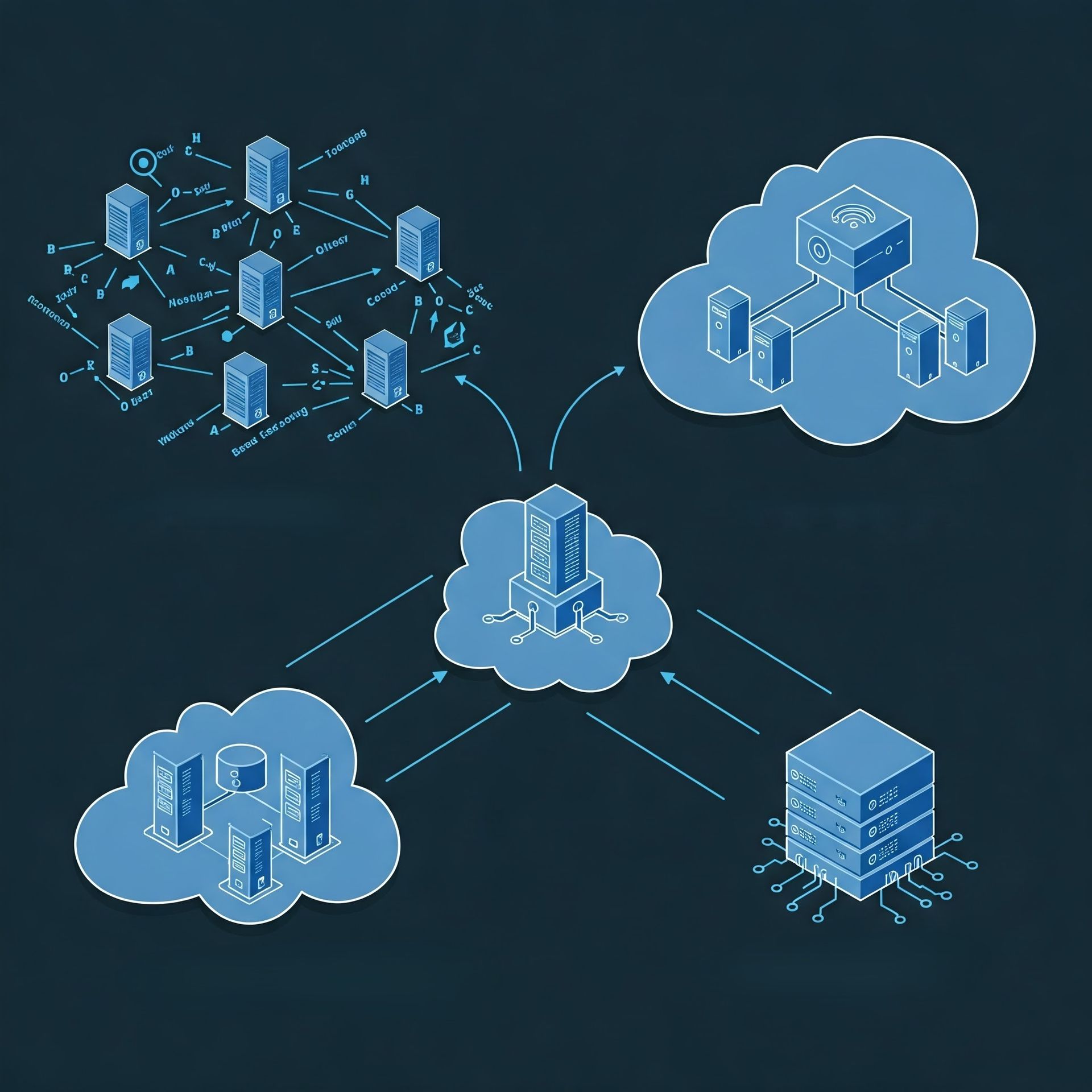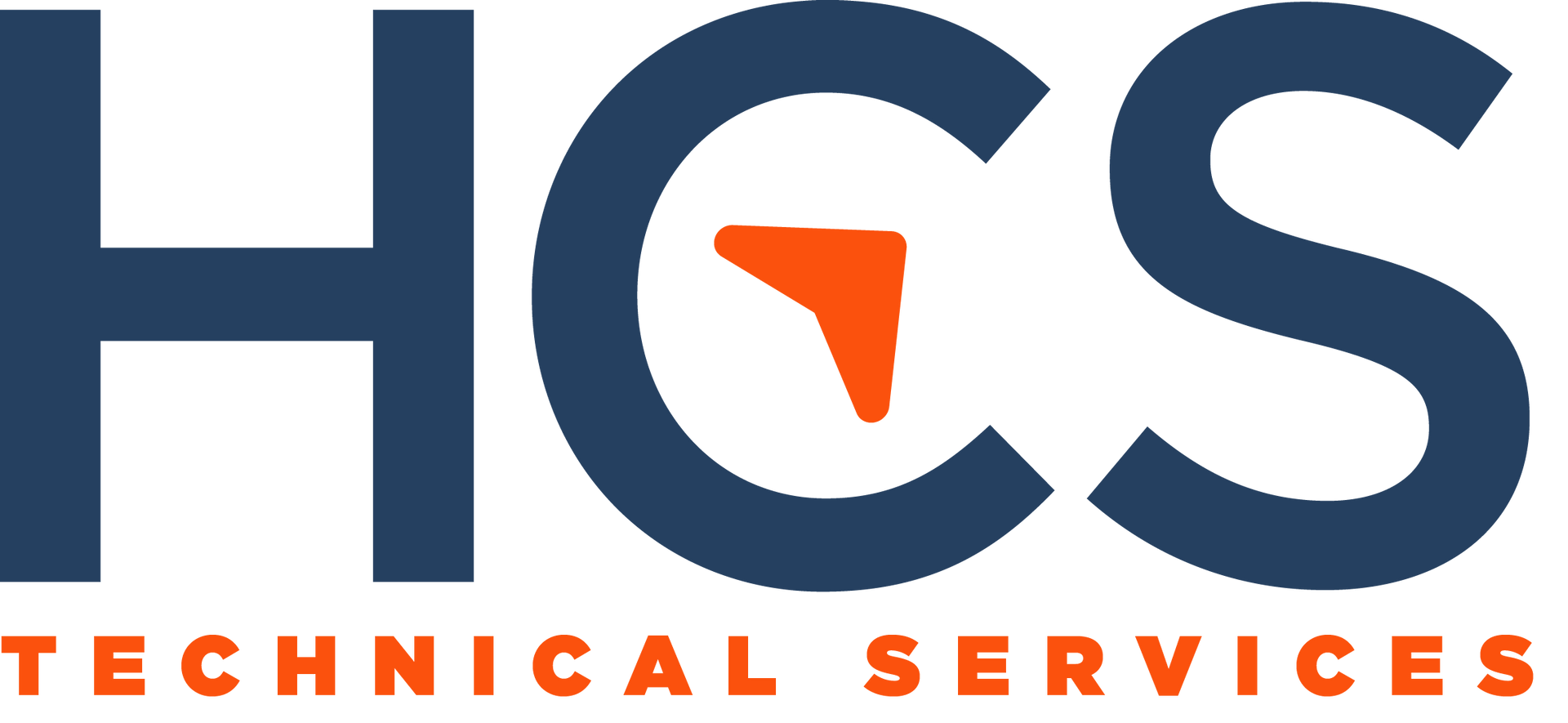Selecting the Best Automation Tools for Your IT Environment
Selecting the Best Automation Tools for Your IT Environment

Understanding the Role of Automation in IT
Automation in the IT environment serves as a transformative force that drives efficiency, accuracy, and scalability. As IT infrastructure grows in complexity, automation tools emerge as crucial components for managing operations seamlessly. These tools facilitate repetitive tasks, allowing IT professionals to focus on strategic projects that add value to the organization. Moreover, automation minimizes human error, leading to more reliable outcomes and reduced downtimes. In today's dynamic tech landscape, businesses that leverage automation can significantly optimize their processes, providing a competitive edge. Whether it's deploying patches, managing configurations, or orchestrating cloud resources, automation tools are indispensable for modern IT departments. Understanding the nuances of each tool and the specific problems they solve is key to selecting the right ones for your infrastructure. Therefore, it is imperative to have a strategic approach in choosing automation tools that align with your IT goals and operational requirements.
Identifying Your IT Environment Needs
Selecting the best automation tools begins with a thorough assessment of your IT environment needs. Every organization is unique, and so are its IT requirements. Consider factors such as the current infrastructure, existing workflows, and the specific tasks that require automation. Are you looking to automate network management, security operations, or software deployments? Understanding these needs helps in narrowing down the tool options tailored to your circumstances. Additionally, consider the scale of your operations and future growth plans. Will the tools you choose today accommodate the demands of a larger setup in the future? Collaboration between IT managers, operations teams, and end-users can further refine the understanding of your needs, ensuring that the selected automation tools not only address current challenges but also prepare your business for future advancements and scalability.
Evaluating Automation Tool Options
- When evaluating automation tools, consider functionality and compatibility with your existing systems.
- Assess the ease of integration and the learning curve associated with each tool to ensure seamless deployment.
- Analyze the pricing models to identify options that offer the best ROI without compromising on necessary features.
- Seek tools that offer comprehensive support documentation and responsive customer support to assist in troubleshooting.
- Engage with user communities and forums for insights and experiences shared by other users of the tools.
The Importance of Security in Automation Tools
Security should be a top priority when selecting automation tools for your IT environment. As these tools will have extensive access to your systems, ensuring that they adhere to the highest security standards is paramount. Evaluate the tool's ability to handle sensitive data and whether it offers encryption options to protect your information. Additionally, consider the tool's update and patch management capabilities to safeguard against vulnerabilities. It's also vital to enact strict access controls and regularly audit the tool activities to detect and prevent any unauthorized usage. Choose vendors with a proven track record in security and compliance with industry regulations to further ensure the integrity of your IT operations. By selecting tools with robust security features, you can mitigate the risks associated with automation while leveraging its benefits.
Planning for Implementation and Training
A well-planned implementation strategy is essential for successfully integrating automation tools into your IT environment. It's important to develop a step-by-step implementation plan that includes a timeline, resource allocation, and stakeholder involvement. Ensure that your team is adequately trained to utilize the tools effectively. This includes understanding their capabilities, best practices for deployment, and regular maintenance protocols. Continuous training programs can help keep your staff updated on the latest features and applications of the tools. During implementation, monitor KPIs and obtain feedback to make necessary adjustments, ensuring that the automation tools deliver the desired outcomes. A strategic implementation plan lays the groundwork for maximizing the capabilities of your IT automation tools.
Monitoring and Optimizing Your Automation Tools
Beyond implementation, continuous monitoring and optimization are crucial for getting the most out of your automation tools. Regularly track performance metrics to assess the efficiency and effectiveness of the tools. Look for areas that can be optimized to enhance productivity or reduce resource consumption. Automation is not a one-time setup but an evolving process that requires consistent evaluation and adjustment. Keep abreast of updates and new features offered by the tool vendors to keep your operations current and secure. Engaging in feedback loops with users and stakeholders can reveal new insights to refine your automation strategies. By maintaining vigilance and adaptability, you can ensure that your automation tools continue to deliver value and align with the evolving goals of your IT infrastructure.
HCS Technical Services











